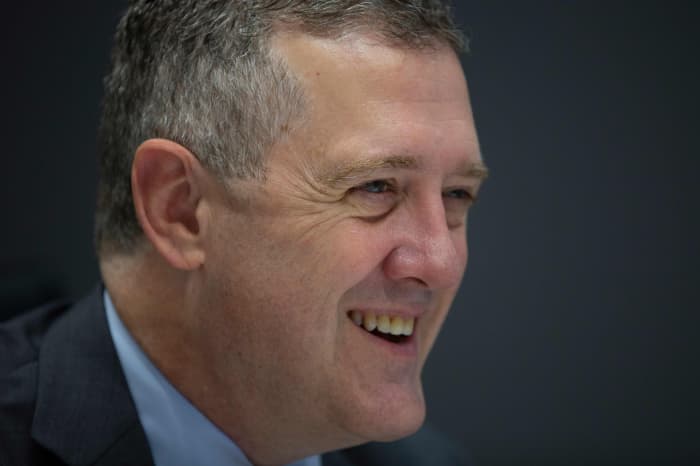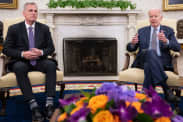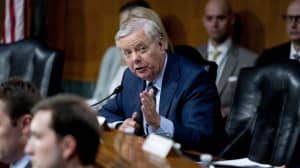Five of nine widely used measures of inflation are actually higher today than they were a year ago, raising questions about the conventional view that inflation is on a clear downward path, said St. Louis Fed President James Bullard, speaking late Friday at Stanford University.
While the Fed’s favorite inflation measure — the core rate of the personal consumption expenditure price index — is lower, many other popular measures, including those from the Dallas, San Francisco and Atlanta regional Fed banks, show that inflation is higher.
MarketWatch Economic Calendar: Watch for data in the coming week on U.S. housing starts, builder confidence, home and retail sales, jobless claims, leading indicators, and more
If there were really strong disinflation going on in the U.S. economy, all these measures would be lower over the past year, Bullard said, in a speech at a monetary-policy conference sponsored by the Hoover Institution at Stanford.
Bullard said that there are “encouraging signs” on the inflation front. He said he estimates the Fed’s benchmark interest rate is now barely high enough — in a range of 5% to 5.25% — to put downward pressure on inflation. This level of interest rates is already at work. The evidence is that market-based inflation expectations have returned to levels consistent with the Fed’s 2% target, he said.
On an all-in-all basis, the prospects for continued downward movement on inflation “are pretty good.” Bullard said.
But the movement is not guaranteed, he stressed.
Jeffrey Lacker, a former president of the Richmond Fed, who was on the Hoover Institution panel with Bullard, said he thought the Fed might have to move rates considerably higher, especially if inflation doesn’t come down rapidly or the unemployment rate doesn’t rise over the next six months.
The Fed is now forecasting that PCE inflation will fall to a 3.3% annual rate by the end of the year from its 4.2% reading in March. The Fed also forecast that the unemployment rate will rise to 4.5% from 3.4% in April.
Lacker referred to these forecasts as “magical.”
If inflation stays close to where it is now by the end of the year, the standard Taylor rule for monetary policy suggests the Fed will have to raise rates to over 6% to get price pressures contained, Lacker said.
And using the same rule, if the unemployment rate remains at 3.5%, Lacker said that the Fed’s benchmark rate may have to rise as high as 7.5% to bring inflation down.
The Taylor rule was named for Stanford University economist John Taylor, who hosted the conference.
Lacker said the Fed should adjust its communications to take into account Taylor rule analysis. He said the Fed didn’t need to formally adopt the rule but should show the public how policy would operate if the rule were followed.
Markets think the Fed will pause at its next interest-rate meeting in June so the central bank can assess the crosscurrents hitting the economy. Many economists think the Fed is done raising rates for this cycle.
Traders who place their bets via derivative markets think the Fed will cut interest rates in September.
Don’t miss: Regional-bank woes have traders briefly seeing up to 50% chance of Fed rate cut in July
The yield on the 10-year Treasury yield
TMUBMUSD10Y,







